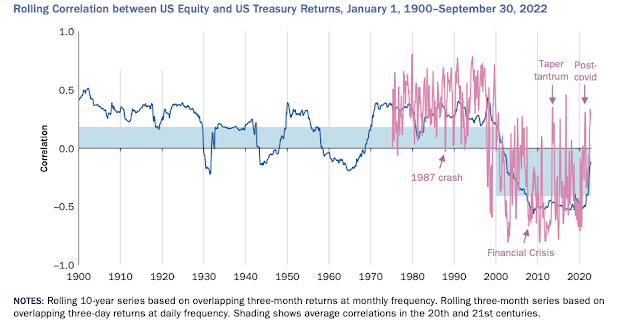Risk attitudes will change with wins and losses. The general view is that that risk aversion will increase if there is a significant change in wealth, but small changes will not have a large impact. Other work has been mixed on the subject with some studies suggesting that there is greater risk-taking after a loss while other suggest the opposite result.
An older study, "The Realization Effect: Risk-Taking after Realized versus Paper Losses" provides insight on this topic by showing that changes in risk attitude are related to whether losses are realized or unrealized. The author provides a novel experiment to test this realization effect.
If there is a realized loss, risk aversion will increase while an unrealized loss will have the opposite effect. The study also includes a middle position of telling test-takers about the loss and that it can be realized. This may be related to cumulative prospect theory. The paper losses are bracketed with prospects while realized loss are separated from other activities. Due to loss aversion, traders will take risk avoid a negative outcome.
This has interesting implications for traders who face mark-to-market risk. This research would suggest that the trader will be less risk averse if he has paper losses, but if the loss is realized his view of the world will change. This is another behavior bias that should be deeply discussed with any trading group.

































